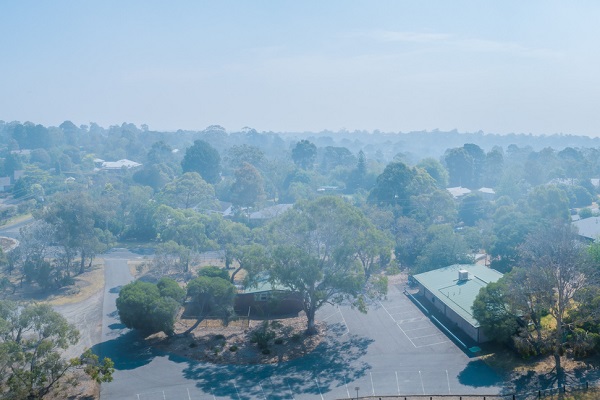Urban planner and designer recommends more tree canopies to reduce heat

Hatch RobertsDay, an urban planning and design practice, has found that current environmental planning and engineering standards have unintentionally resulted in an unsustainable reduction in urban tree canopies and green spaces.
The practice finds that green cover has declined in 69% of Australia’s urban areas, precipitating temperature increases. Considering this, Hatch RobertsDay is calling on developers and planners to prioritise urban tree canopies in their projects.
“Our cities continue to reach extreme temperatures and bushfires are occurring more frequently year on year. There is a growing urgency to mitigate the urban heat island effect, and tree canopies are a vital component to ensure we can reduce temperatures across the country,” Hatch RobertsDay WA urban designer Peter Ciemitis says.
Peter, with the consultancy’s WA planner Dan Pearce, recently presented on this topic at the WA Local Government Association ‘Trees in a Liveable City: An Urban Forest Conference’.
“The Black Saturday bushfires in 2009, for example, sadly resulted in 173 deaths, however many are unaware that 374 deaths occurred due to heat during that same week.
“Those deaths were clustered in Melbourne’s northern and western suburbs where there are fewer, or no trees at all. Similarly, suburbs in Sydney’s west grow hotter every year, with some areas reporting temperatures above 50°C. We will begin to see a knock-on effect throughout Australia if we don’t act quickly to reduce heat in communities.”
Peter and Dan share their five recommendations for increasing tree canopies and green spaces:
- Retain trees in developments, parks and public spaces;
- Work closely with councils to minimise tree removals;
- Plan more ‘destination parks’;
- Involve residents to increase urban canopy in neighbourhoods; and
- Take advantage of Government initiatives to increase tree cover.
Dan adds that prioritising ways to retain and introduce more green cover across projects also fast tracks the evolution of new estates, so that they feel more established and homely: “Designing with liveability in mind will have a positive effect on the community, improve land and property market values and ensure projects are more sustainable and financially viable.”
